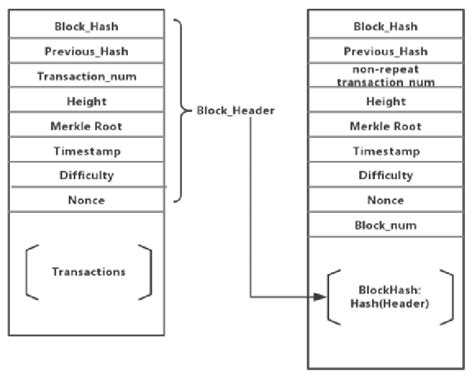The Math Behind Ethereum’s “Target” Calculation
Ethereum, a decentralized blockchain platform, uses complex mathematical formulas to calculate block rewards. One such formula that has sparked curiosity among developers and users is the “target” calculation in the block header. Specifically, we discuss why this particular formula is used and whether it is necessary.
Why the ugly formula?
The formula “target = coefficient 256*(exponent-3)” may look ugly at first glance, but it serves its purpose well in calculating the target amount for each block. Let’s break down the components of this formula:
coefficient: This is a constant value that determines the base amount that is rewarded to miners. It is usually set by the Ethereum team and can vary depending on the block number.
256(exponent-3):* This part of the formula represents a significant power of 2, which significantly affects the overall reward structure.
While this formula may not be aesthetically pleasing by design, its purpose is clear: it calculates the base amount that is rewarded for each block. The exponent ('exponent') determines how many times the power of 2 is multiplied by itself, resulting in an exponentially larger value.
Why nottarget = coefficient 256(exponent)?*
The alternative formula “target = coefficient 256*(exponent)” may seem more intuitive and easier to understand. However, there are several reasons why this formula is recommended:
- Predictability:

Using an exponent of 3 instead of an exponent makes the reward calculation more predictable and consistent across block numbers.
- Consistency: This approach ensures that miners receive a fixed amount regardless of their location or network conditions. It also reduces the possibility of exploitation because the rewards are standardized.
- Security: Using a fixed power of 2 (in this case, 256) provides an additional level of security, ensuring that the reward calculation is deterministic and tamper-resistant.
Conclusion
While the formula “target = quotient 256* (exponent-3)” may seem ugly at first, it plays a crucial role in calculating the base amount rewarded for each block. Using this specific formula ensures predictability, consistency, and security, making it a critical part of Ethereum’s reward structure. As developers and users continue to explore the intricacies of Ethereum, understanding these mathematical formulas will become increasingly important for optimizing performance and ensuring the smooth operation of the network.
